Winston Vargas was born on November 9th, 1943, in Santiago, Dominican Republic. His parents had been traveling to New York City since 1950 while Vargas and his brother stayed with friends and family. Vargas says, “We came here in 1952… I don’t remember if we came alone. I was about nine or ten and my brother was five”.
Vargas has documented Wa”shington Heights for over 60 years. He photographed the Heights long before the city had commercially and culturally designated the neighborhood as “Little Dominican Republic”. Before the death of Rafael Leonidas Trujillo caused waves of Dominican immigration, Vargas photographed a Washington Heights made up of African Americans, Puerto Ricans, German-Jews, and Irish residents. Vargas documented the Dominican diaspora before germination, from black and white film back in the day to colorful digital files today.
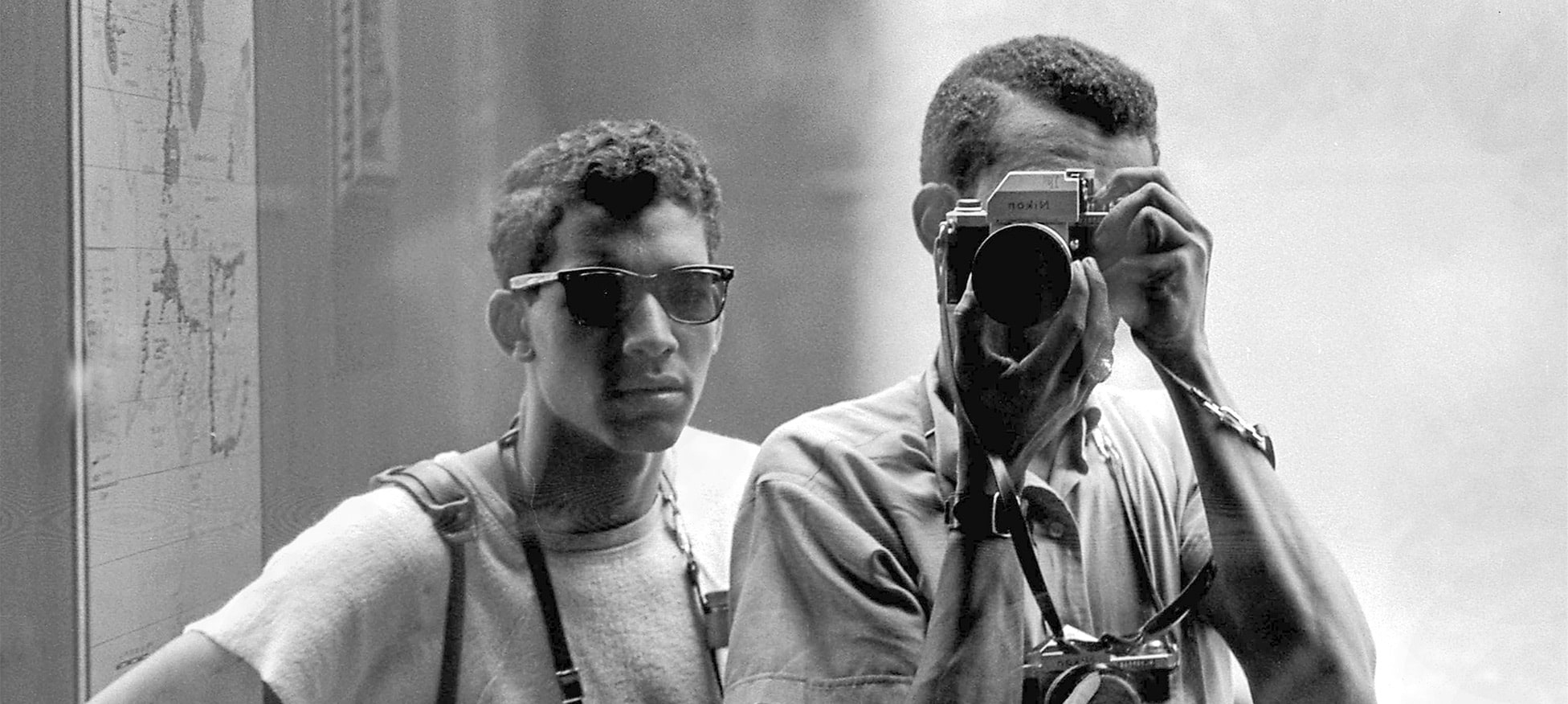
PART 1: “Ni de aquí”
(1960 & 1970)
Shows us the first waves of Dominicans joining the Irish, African Americans, Cubans, Puerto Ricans, and German-Jewish neighbors in a bankrupt New York City. Vargas focused on the blocks between 164th and 166th street on Amsterdam Avenue.
The decade begins with Vargas leaving Washington Heights to join the U.S. Army, where he was stationed in Italy and ends with his return to Santo Domingo, Dominican Republic where he lived with his wife, son, and daughter until 1984.
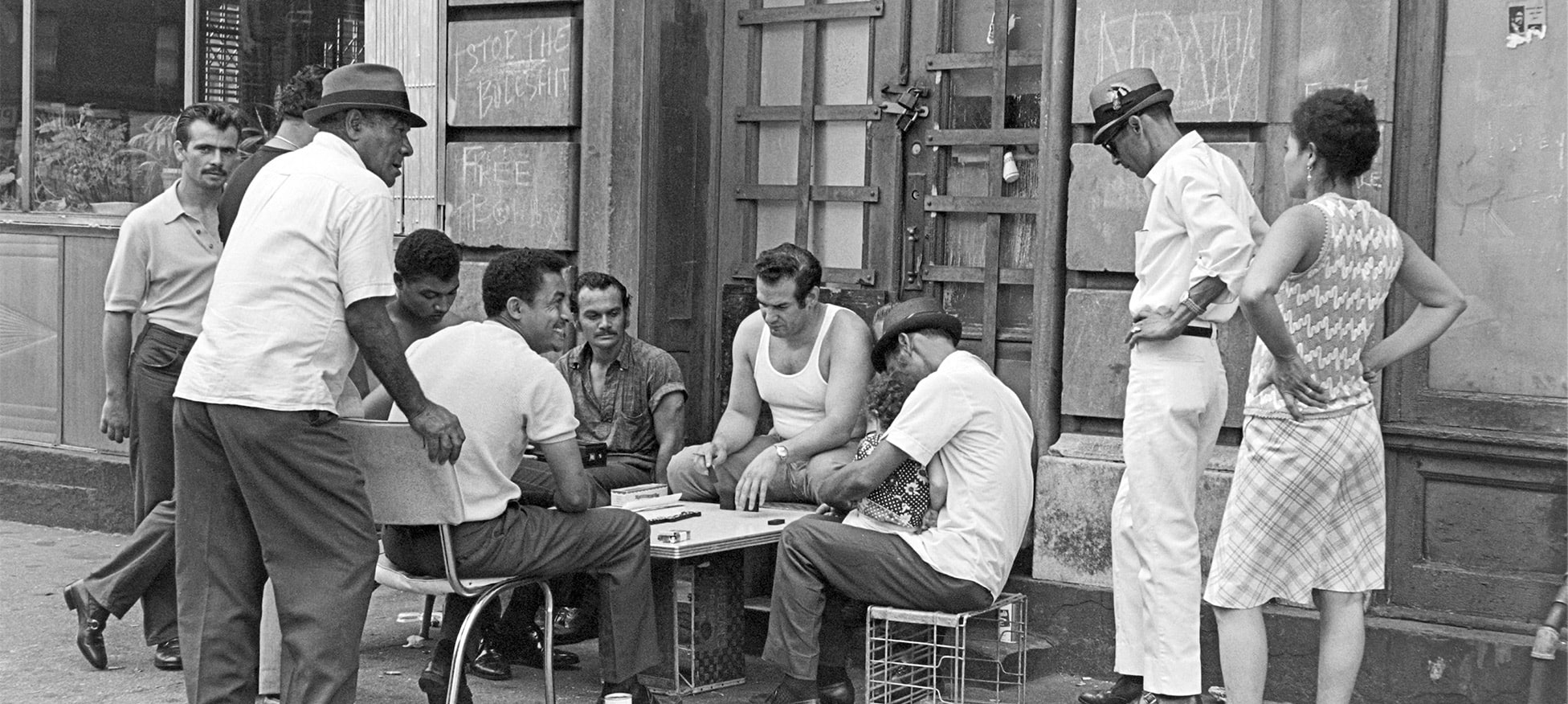
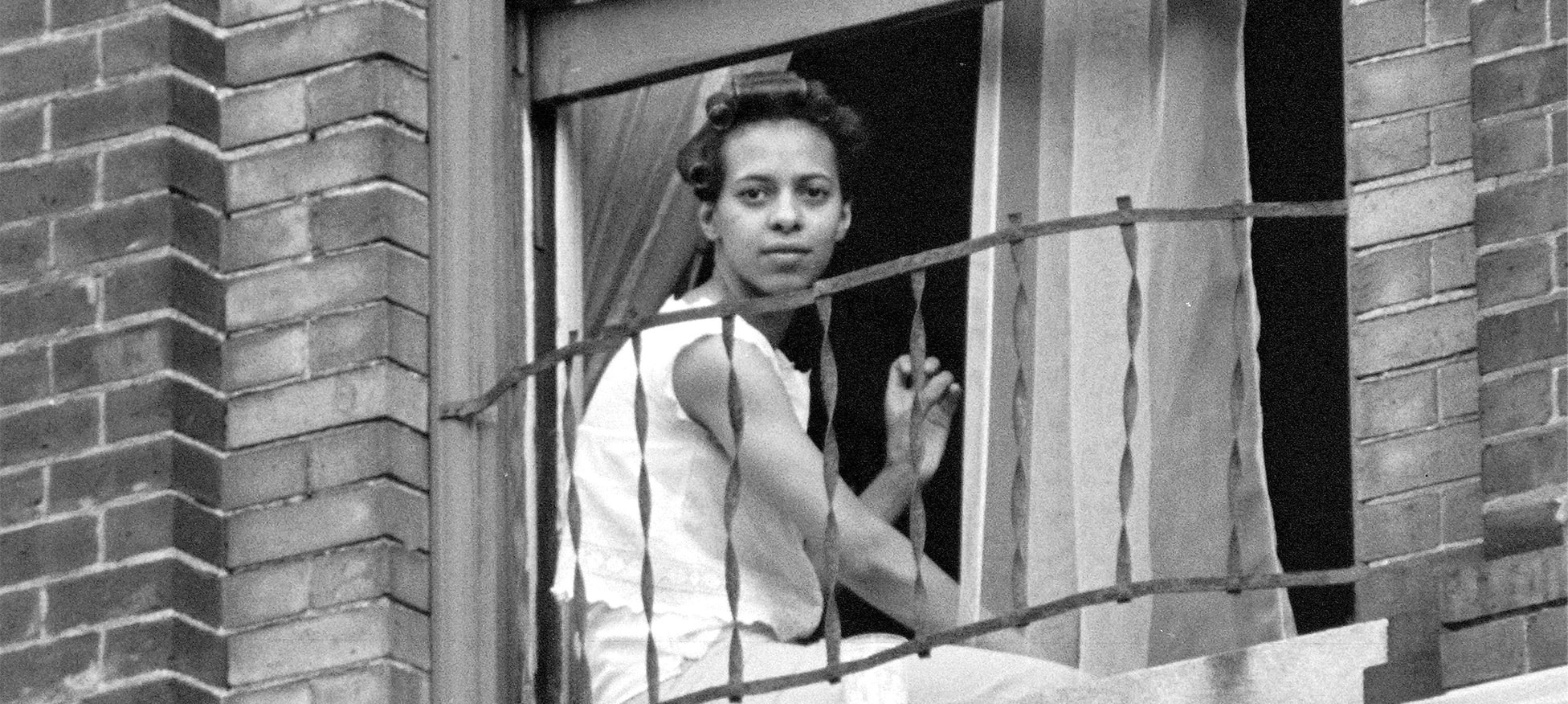
PART 2: “Ni de aquí”
(1980 & 1990)
Tells the story of Dominicans establishing roots in Washington Heights, shopping with their children and becoming an electorate and organizing with other races and ethnicities. It was in a diverse community that Dominicans in the Heights overcame the New York Police Department’s war on drugs. The neighborhood became a home for Dominicans, including Vargas, who after military service and living in Greenwich Village returned to live in Washington Heights.
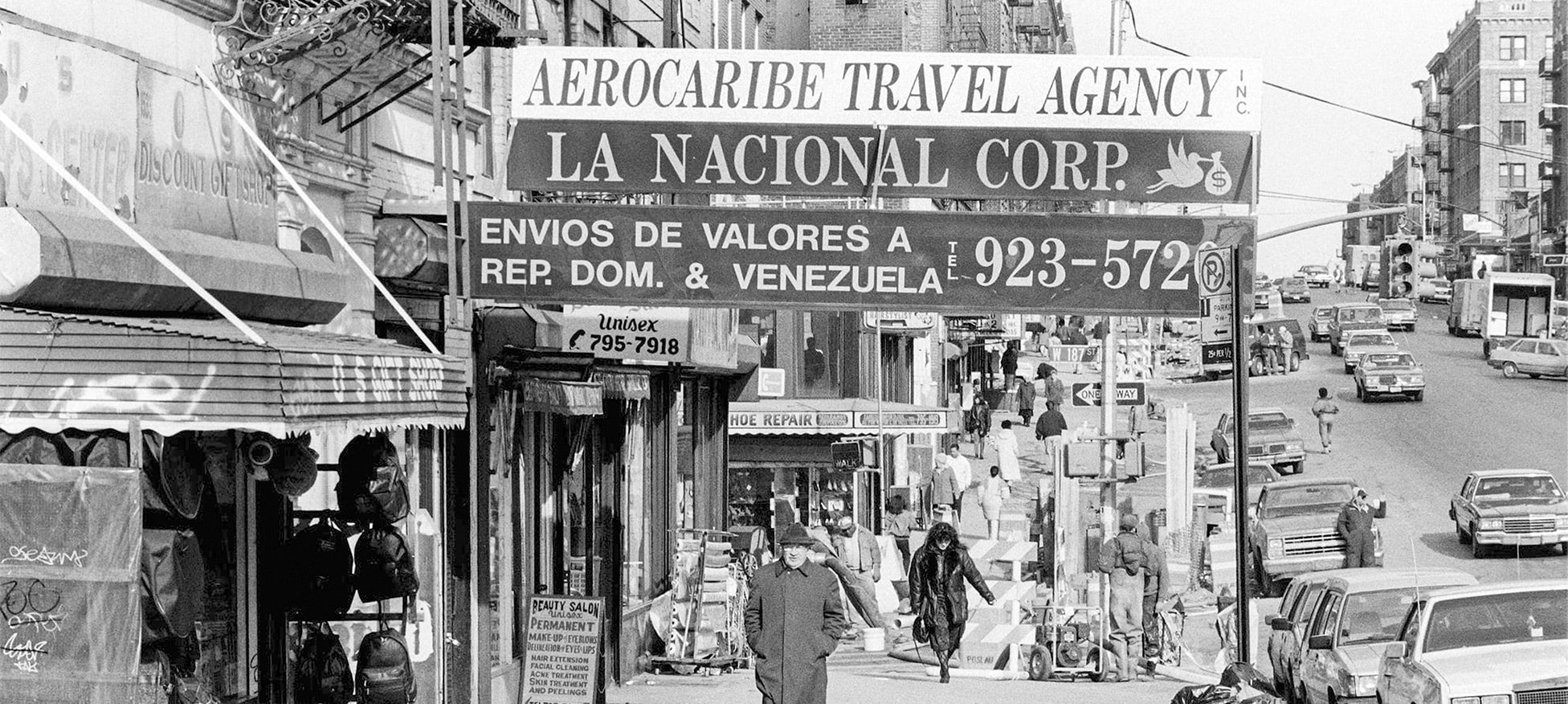

PART 3: “Ni de aquí, Ni de allá” (2000s To the present)
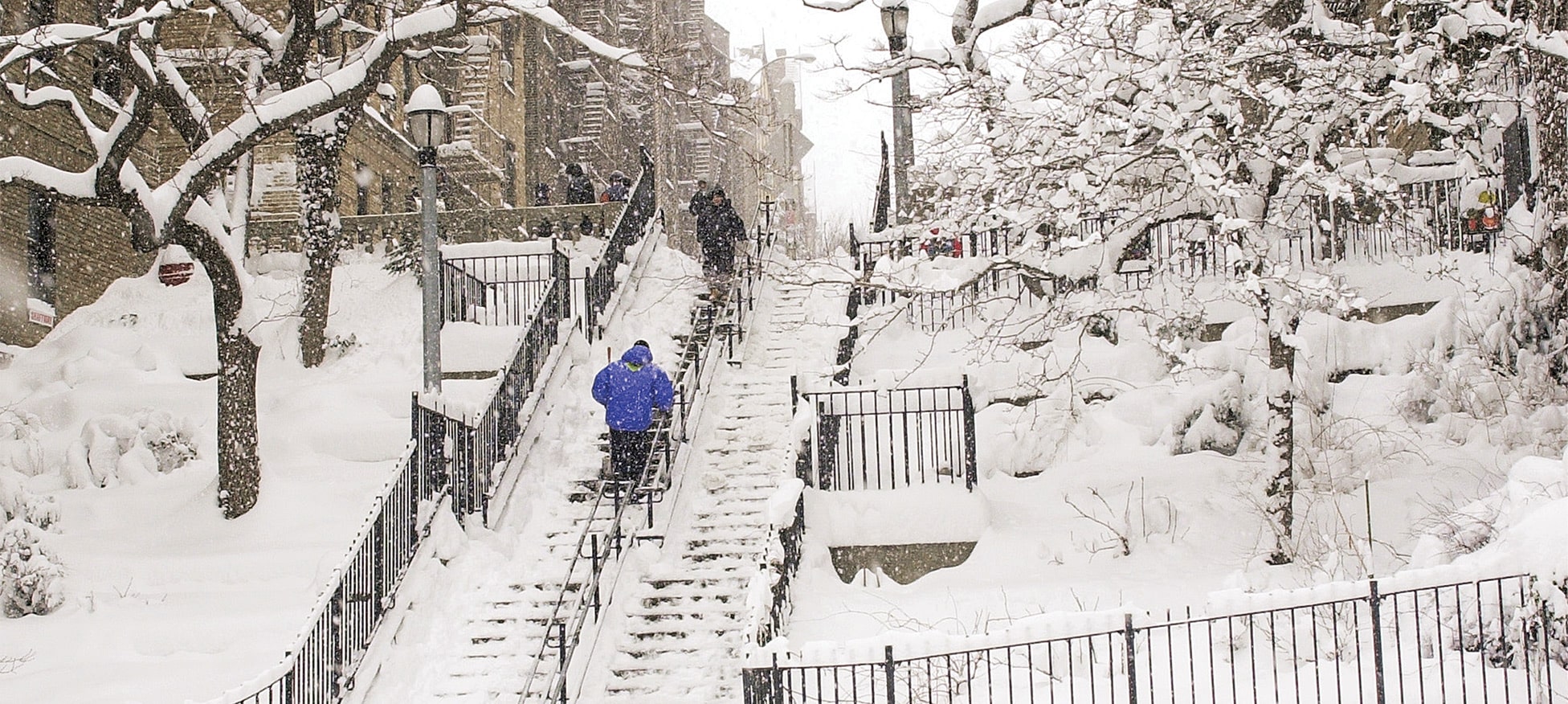
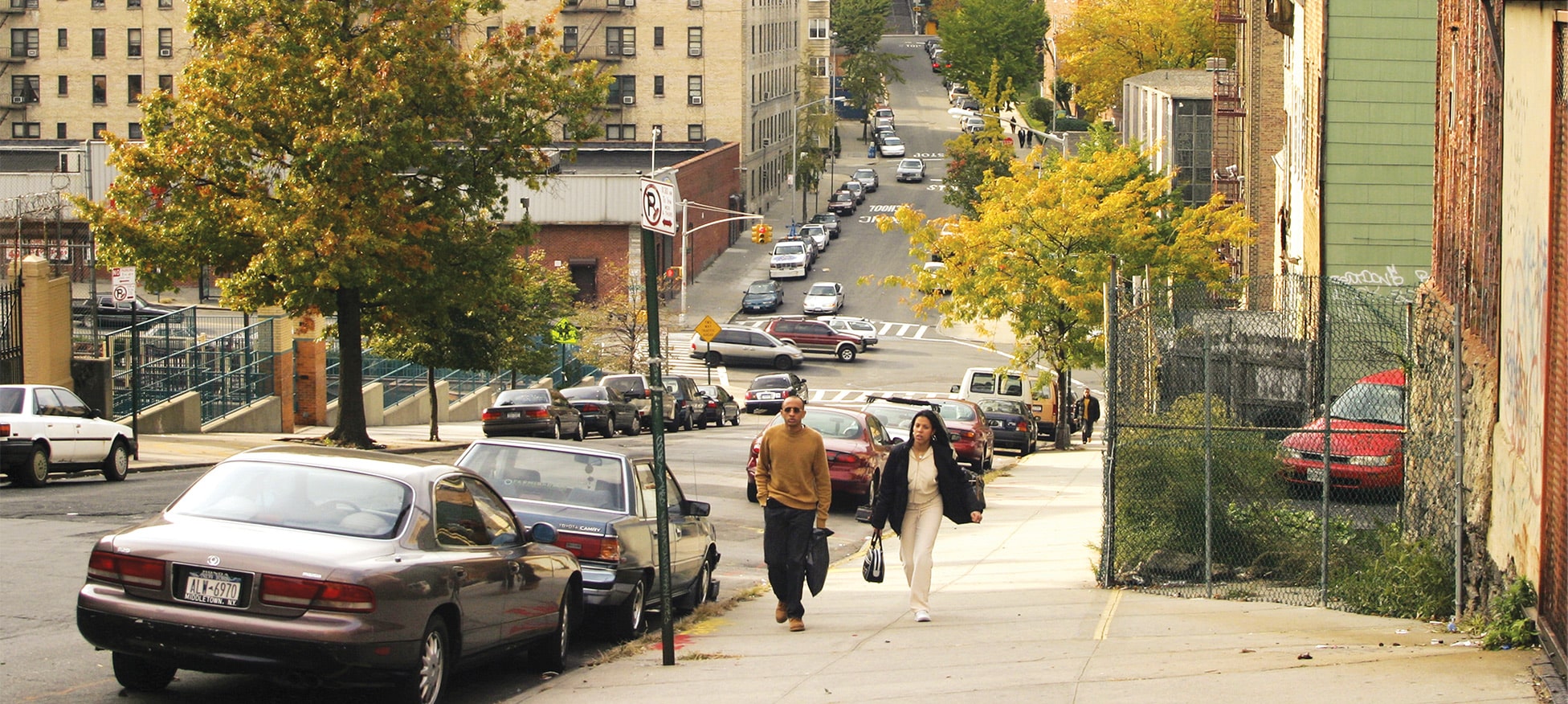
The influence of Dominicans and Dominican culture in Washington Heights is evident in all aspects of life. On September 7th, 2018, then State Senator Marisol Alcántara announced the commercial and cultural designation of “Little Dominican Republic” from West 145th Street to West 220th Street. At the Plaza de Las Americas, on 175th Street between Broadway and Wadsworth Avenue, elected officials, community leaders, activist groups and neighborhood residents held up Dominican flags. A year later Dominicans became the largest Latino nationality in New York City.
Vargas says: “I walk around and see a picture before I take it. Photography is not a matter of taking pictures, it’s the ability to see”. And Vargas’ ability to see has given us Dominicans in the diaspora and in the homeland a history to build from and a point of reference. Vargas says even though he has lived most of his life in New York City, he still considers himself a Dominican photographer.
“No matter where you live, you can’t get away from who you are”.
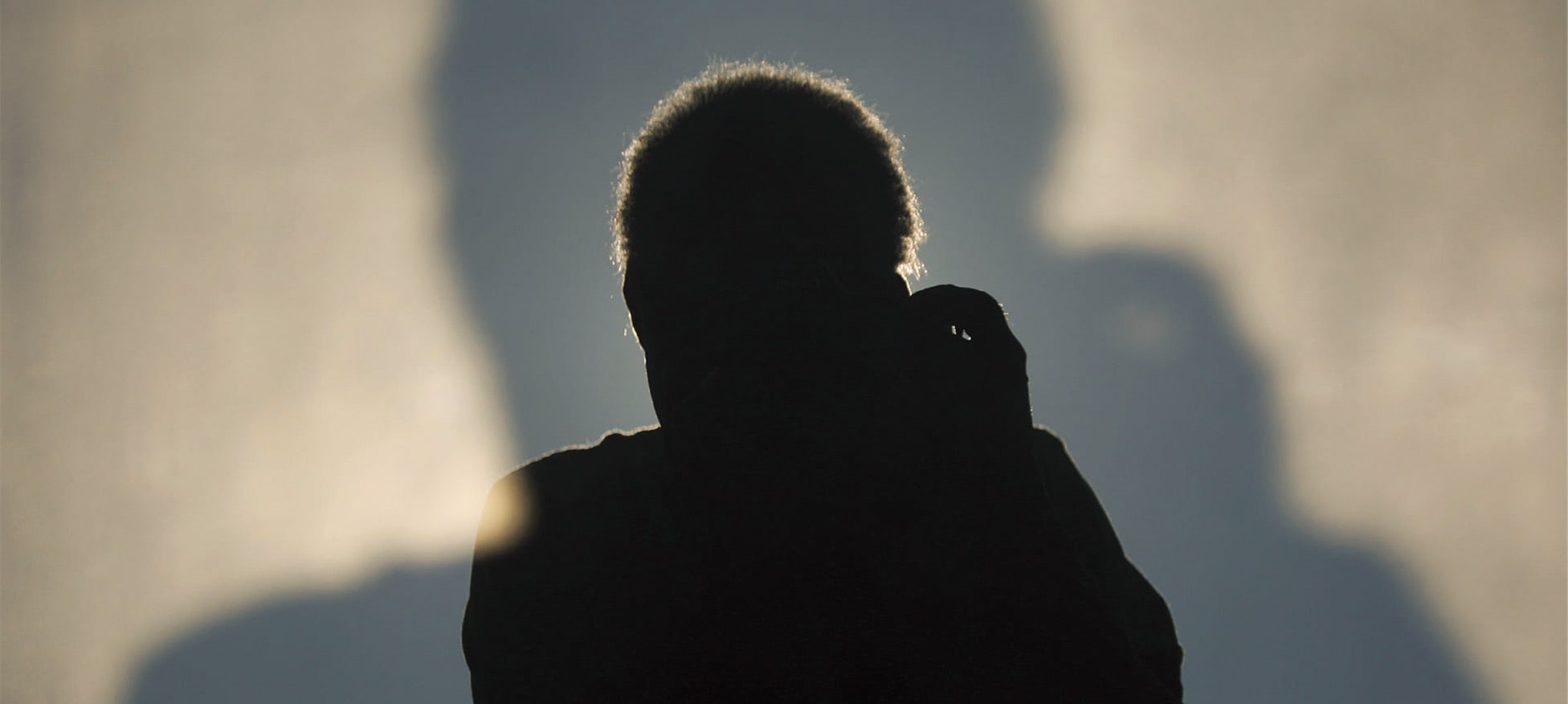
Texts
Images
Art director and designer
Translator
Cartographic & Corrections
Executive producer
Producer
Script and Director
Creative Director
Director of Photography
Project Manager
Editor
Sound Design and Original Music
Color Grading
Colorist
Motion Graphics
Title Design

Subscribe to our newsletter
You have successfully joined our subscriber list.
CONTACT
Roble Corporate Center
86 Rafael Augusto Sánchez street,
Ensanche Piantini
Santo Domingo, DN
info@coleccioninicia.com
All rights reserved. Total or partial reproduction of this work is prohibited, as well as its use, inclusion, storage and/or broadcast on any medium or format without prior written authorization from the copyright owner, as required by law. Any violation of said rights may constitute an infraction of norms and intellectual property rights.